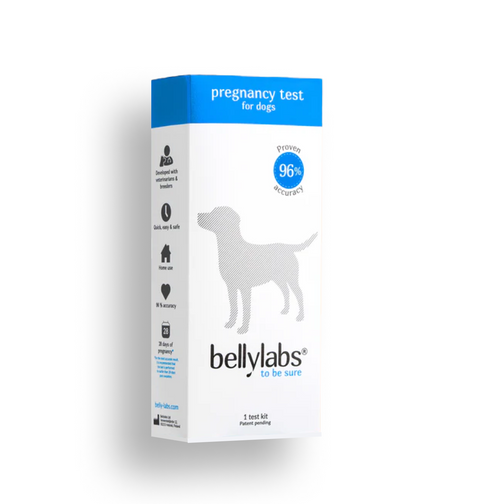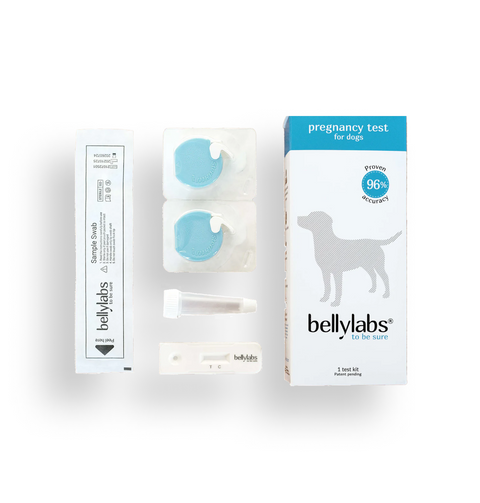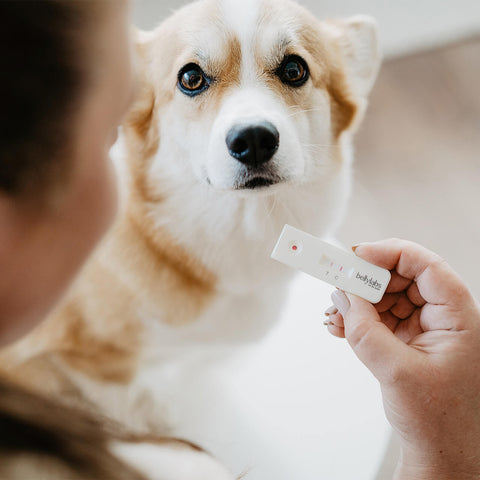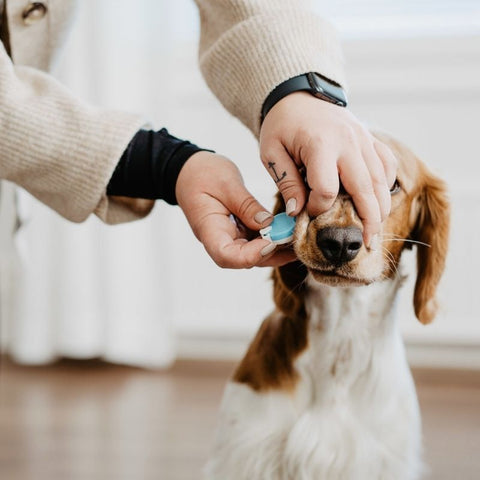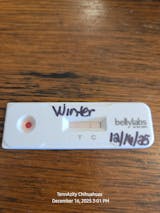Progesterone plays a pivotal role in the reproductive cycles of dogs. This hormone rises and falls in a predictable pattern during a dog's estrous cycle. While the assessment of progesterone levels is commonly utilized to pinpoint the optimal time for breeding, there is another aspect of progesterone testing that deserves attention — reverse progesterone testing in dogs. This article delves into the concept of reverse progesterone testing, its importance, and its application in canine reproduction.
Understanding Reverse Progesterone Testing in Dogs
Traditionally, progesterone testing in dogs aims to determine the optimal time for breeding, focusing on the surge in progesterone levels that indicates the onset of ovulation. Reverse progesterone testing, on the other hand, concentrates on the declining Levels of progesterone that indicate impending whelping. The central premise of reverse progesterone testing is to identify when progesterone levels drop significantly. Progesterone hormone sustains pregnancy and therefore levels dropping below 2ng/ml means the female dog is ready to birth the puppies.
The Importance of Reverse Progesterone Testing
Reverse progesterone testing in dogs offers several key advantages:
When the progesterone level drops below 2ng/ml we know the bitch is ready to whelp. Dropping below this level is a useful indicator that the puppies are full term and a cesarean section can be performed safely. It is also important to seek the advice of a veterinarian if whelping does not progress and a level below 2ng/ml has been detected more than 24 hours earlier.
Performing Reverse Progesterone Testing in Dogs
The test is performed the exact same way as a regular progesterone test, at a vet clinic by a veterinary professional. It is the same test as when the correct timing for breeding is determined, but in reverse as a drop below a certain level is what is looked out for.
Scientific References
- Concannon, P. W., & Hodgson, B. (2002). Progestins and control of canine reproduction. In S. R. Orth (Ed.), Canine and Feline Endocrinology and Reproduction (pp. 723-745). W.B. Saunders.
- Kutzler, M. A. (2007). Semen collection and evaluation in dogs. Theriogenology, 68(3), 293-298.
- Root Kustritz, M. V. (2005). Collection of vaginal cytology in the bitch. Theriogenology, 64(7), 1623-1629.
- Verstegen, J., Onclin, K., & Silva, L. (2008). Non-invasive endocrinology for reproductive management of wildlife. Theriogenology, 70(3), 363-371.





